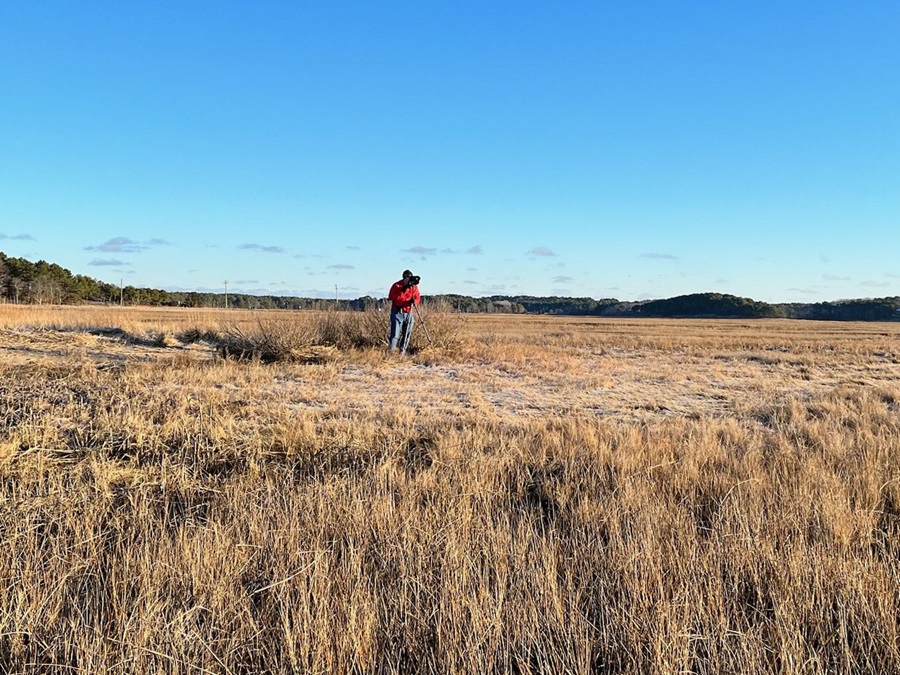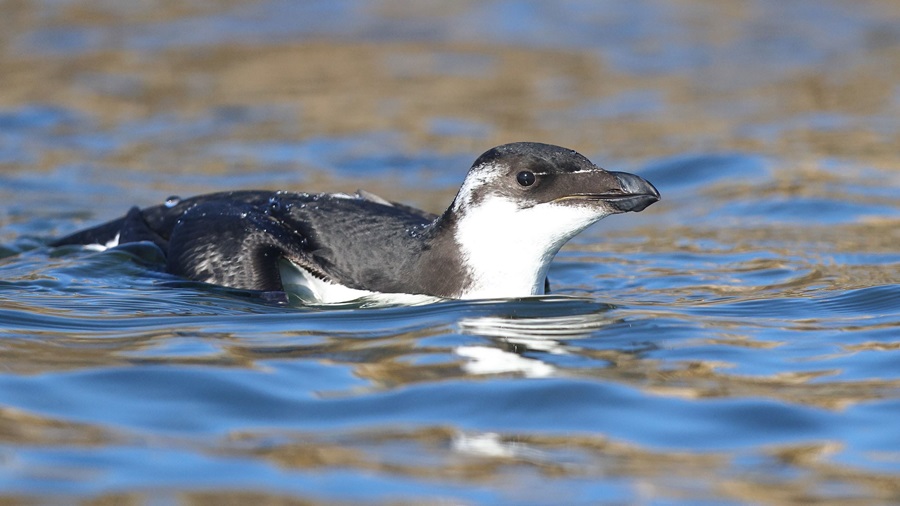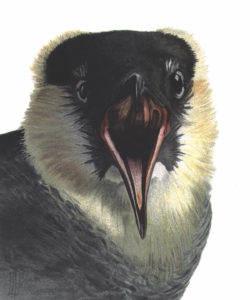Birders will use just about any excuse to fit a little more bird-watching in. So, we add a few days of sunup-to-sundown birding in the freezing cold to an already packed holiday season — for the sake of the Christmas Bird Counts.
Audubon Society-run Christmas Bird Counts, or CBCs, date back to 1900 when Frank Chapman, who worked at the Museum of Natural History in New York City and was an officer of the society, organized the first “Christmas Bird Census.” It was designed as an alternative to the Christmas “side hunts” in which people would gather, choose sides, and compete to see which team could shoot the most wildlife, including birds.
In its first year, there were 25 counts across North America, but the tradition has exploded in popularity since. This past CBC season, which ran from Dec. 14 to Jan. 5, there were more than 2,500 around the world. Each count is run by a compiler, who coordinates teams of volunteers who spread out across the 15-mile-diameter count circle, tallying every bird they see or hear.

The data from each count are then uploaded to a central database. Since there is so much data and counts go so far back, CBC numbers are frequently used to analyze long-term bird population changes. Studies that revealed how American black ducks have shifted their range, how Costa Rican birds have adapted to reforestation projects, and how northern finches have moved farther north were all based on CBC data.
On the Outer Cape, we have two CBCs: the Cape Cod CBC, which covers Eastham as well as Orleans, Brewster, Chatham, and Harwich, and the Truro CBC, which encompasses Wellfleet and Truro. I was part of the team assigned to the Wellfleet Harbor section of the Truro CBC this year on Jan. 2.
I started the day by meeting up with Sam Zhang, a birder from Chelmsford, to look for owls in South Wellfleet. This meant meeting at 5:15 a.m. on a day that dawned with a solid 25-degree chill. As tired as I felt, I could hardly complain about it to Sam — this was his third CBC in as many days, and his seventh of the season.
We got very lucky with owls. We found two eastern screech owls calling back and forth at the Fox Island conservation area and heard a much more uncommon northern saw-whet owl making its strange twittering noises along East Hill Road.
I only hope the people we saw warming up their car that morning weren’t too alarmed by the two young men standing at the end of their driveway with a flashlight.
Within an hour, the sun had started to rise, and the owls went quiet, so we went to meet the rest of our team at the Lieutenant Island causeway. It was freezing cold and windy, but flocks of the small geese known as brants swimming by brightened our spirits. We decided our routes: our teammates Ross and Ted would cover South Wellfleet up to town, while Sam and I would spend the morning on Lieutenant Island.
The Christmas Bird Count is pretty different from my usual birding. On a typical day, I visit a few selected sites, enjoying what I find and moving on. But a CBC requires slow, methodical birding. You’re trying to cover your area as thoroughly as possible, investigating every thicket and scanning every cove.
While it may sound tedious, birding like this can be very rewarding. In the back of every birder’s mind are all the rare birds that have been found during CBC seasons past, like the Eurasian green-winged teal, a duck from Europe, that was found on the Truro CBC in 2021. Maybe the next pond or bush you check will hold a similar rarity.

Sam and I walked along the trail that circumnavigates the island, stopping at every patch of brush to “pish” — make “shushing” noises to draw in curious songbirds — and carefully watch every bird that came in. At a few especially promising spots, Sam played the calls of some regular vagrant birds like a Townsend’s solitaire and a spotted towhee, though none ever appeared.
Still, the island was full of activity: Savannah sparrows flitted through the frozen marsh, and the trees were full of black-capped chickadees, red-breasted nuthatches, and house finches. The mudflats around the island were bustling with activity, too, as shorebirds like dunlins and sanderlings turned up in large numbers. Sam picked out an uncommon lesser black-backed gull among the flocks of herring and great black-backed gulls.
By 11 a.m. we had covered nearly all of the island, and with the rising tide threatening to trap us, we decided to move on. We made a stop at Bayberry Hill conservation area, whose wetter habitat netted us some more water-loving birds like swamp sparrows and hermit thrushes. A stop at the Fresh Brook inlet featured a massive flock of turkeys.
We reconvened with our team at the Wellfleet pier around noon and swapped stories from the day over sandwiches from Box Lunch. The conversation moved on to our favorite birding sites, the birds we had seen and wanted to see, and whatever gossip was going on in the birding community that day.
The four of us spent the next hour or so birding along the pier and around town. Sam tried desperately to get good photographs of a diving razorbill off the pier. We saw a Cooper’s hawk perched on the far shore and a trio of greater scaup on the water. At around 2 p.m., I had to leave, so I bade my team farewell while they covered more ground to finish up their route through town.
Christmas Bird Counts are often billed as a chance to participate in citizen science or find rarities. But for me, the best part of a CBC is a chance to enjoy the company of other people who are as obsessed with this strange hobby as I am.

